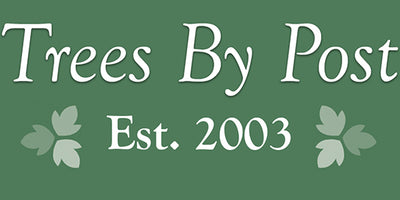A Simple Guide to Planting and Caring for Cell-Grown Trees
Thinking of planting trees in your garden or on your land? This beginner-friendly guide walks you through planting and caring for cell-grown saplings -from choosing the right spot to watering, mulching, and protecting young trees in their first year.












